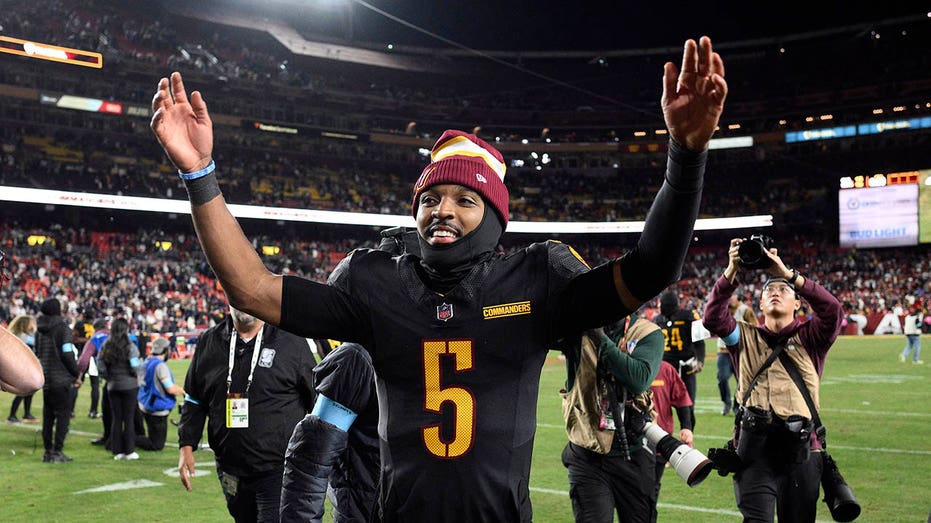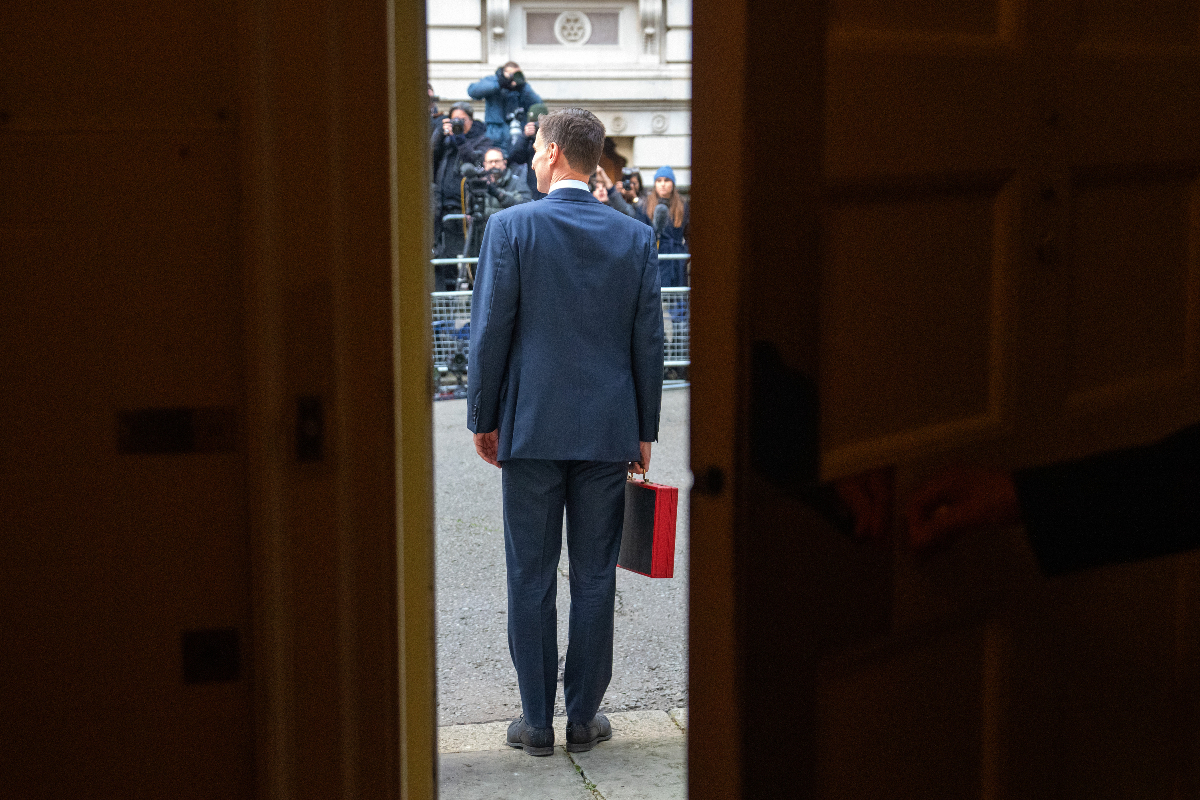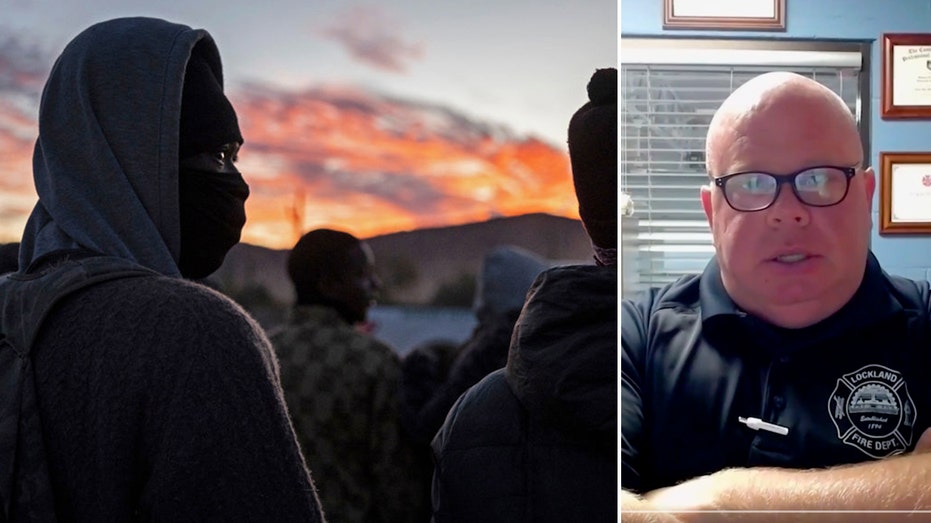The Trump Shooting: The Most Shocking Act of a Shockingly Violent Age
The attempt on Donald Trump’s life is obviously a horrendous development. It seems unique because he’s a presidential candidate and one of the most famous people in the world. But in many ways, it’s not. Threats of political violence have increased dramatically in the United States, and support for political violence has risen recently by shocking levels.As I write these words, we don’t know what motivated 20-year-old Thomas Matthew Crooks to try to assassinate Trump. All that’s known as of Sunday morning is that he was apparently a registered Republican, but he donated $15 to a progressive voter turnout group in January 2021 (a very odd time to be making a donation to a group whose work centers on voter turnout).But whatever his motivation turns out to be, his act not isolated. There was the shooting of Republican Congressman Steve Scalise in 2017. The attack on Paul Pelosi, husband of Nancy, in 2022. Those are just the headline-grabbers, but political violence, or at least the threat of it, is now a constant in American life. Threats of political violence against members of Congress have skyrocketed. The Capitol Police investigated 902 such threats in 2016. That jumped up to 3,939 in 2017, and by 2021, the number was more than 9,600, or 10 times the number from just five years before. Hate crimes in 2022 hit 11,288, which is up from recent years (the number was 7,759 in 2020.) Domestic terrorism is on the rise, with the preponderance coming from the political right; the National Institute of Justice, the research arm of the Department of Justice, reported earlier this year that since 1990, “far-right extremists have committed far more ideologically motivated homicides than far-left or radical Islamist extremists, including 227 events that took more than 520 lives.”And support for political violence, as is well known, is way up from earlier periods. A 2023 poll by the Public Religion Research Institute found 23 percent agreeing with the idea that “true American patriots may have to resort to violence in order to save our country.” Support was highest by far among Republicans (33 percent), while independents were second (22 percent), with Democrats trailing (13 percent). Most polls show Republicans to be more supportive of violence. Since Saturday’s shooting, The New York Times cited a survey that ran in the opposite direction, showing that 10 percent of respondents agreed that the “use of force is justified to prevent Donald Trump from becoming president,” while 7 percent said they’d “support force to restore Trump to the presidency.”Where are we headed? This week brings the Republican convention, where Trump and his party will obviously do all they can to use this event to great political advantage. The photo taken right after the shooting, that looks up at Trump with a bloodied ear as he raises his fist with an American flag behind him, fluttering against a luscious blue sky, is already iconic in MAGA world and to some extent beyond. We’ll see it 10,000 times this week.The full extent of the political fallout is impossible to contemplate until we know more about the shooter’s intentions. If this was a John Hinckley type situation (he shot Ronald Reagan in the hopes of impressing Jodie Foster), then the political impact may not be great. But if it turns out he was politically motivated, then Trump will make the convention, and the election, almost entirely about his hateful and violent opponents, with the frequent reminder of Joe Biden’s age, assuming Biden stays in the race. Speaking of which—this probably makes that more likely, doesn’t it? The media’s attention turns now entirely to Trump. For better than two weeks, since June 27, Biden has been the story, and Trump was laying low. Now, Trump will be the only story. The Biden drama is completely pushed out of the news cycle, and whatever momentum the dump Biden movement had will likely fizzle.And Trump’s own violent rhetoric is, for the time being at least, largely nullified by this act. The man who led an insurrection and made light of the attack on Paul Pelosi is politically inoculated, for now. In time, as memory of this event recedes and as the election nears, it may be that partisan passions reassert themselves and this event won’t influence that many voters. But of course Trump is ahead already, and the shooting certainly isn’t going to hurt him politically.The real fear, though, is escalation of violence, in a country with more guns than people. I’d write that we’re about to enter a very dark period, but in fact we entered it long ago, and there’s no end in sight.

The attempt on Donald Trump’s life is obviously a horrendous development. It seems unique because he’s a presidential candidate and one of the most famous people in the world. But in many ways, it’s not. Threats of political violence have increased dramatically in the United States, and support for political violence has risen recently by shocking levels.
As I write these words, we don’t know what motivated 20-year-old Thomas Matthew Crooks to try to assassinate Trump. All that’s known as of Sunday morning is that he was apparently a registered Republican, but he donated $15 to a progressive voter turnout group in January 2021 (a very odd time to be making a donation to a group whose work centers on voter turnout).
But whatever his motivation turns out to be, his act not isolated. There was the shooting of Republican Congressman Steve Scalise in 2017. The attack on Paul Pelosi, husband of Nancy, in 2022. Those are just the headline-grabbers, but political violence, or at least the threat of it, is now a constant in American life.
Threats of political violence against members of Congress have skyrocketed. The Capitol Police investigated 902 such threats in 2016. That jumped up to 3,939 in 2017, and by 2021, the number was more than 9,600, or 10 times the number from just five years before. Hate crimes in 2022 hit 11,288, which is up from recent years (the number was 7,759 in 2020.) Domestic terrorism is on the rise, with the preponderance coming from the political right; the National Institute of Justice, the research arm of the Department of Justice, reported earlier this year that since 1990, “far-right extremists have committed far more ideologically motivated homicides than far-left or radical Islamist extremists, including 227 events that took more than 520 lives.”
And support for political violence, as is well known, is way up from earlier periods. A 2023 poll by the Public Religion Research Institute found 23 percent agreeing with the idea that “true American patriots may have to resort to violence in order to save our country.” Support was highest by far among Republicans (33 percent), while independents were second (22 percent), with Democrats trailing (13 percent). Most polls show Republicans to be more supportive of violence. Since Saturday’s shooting, The New York Times cited a survey that ran in the opposite direction, showing that 10 percent of respondents agreed that the “use of force is justified to prevent Donald Trump from becoming president,” while 7 percent said they’d “support force to restore Trump to the presidency.”
Where are we headed? This week brings the Republican convention, where Trump and his party will obviously do all they can to use this event to great political advantage. The photo taken right after the shooting, that looks up at Trump with a bloodied ear as he raises his fist with an American flag behind him, fluttering against a luscious blue sky, is already iconic in MAGA world and to some extent beyond. We’ll see it 10,000 times this week.
The full extent of the political fallout is impossible to contemplate until we know more about the shooter’s intentions. If this was a John Hinckley type situation (he shot Ronald Reagan in the hopes of impressing Jodie Foster), then the political impact may not be great. But if it turns out he was politically motivated, then Trump will make the convention, and the election, almost entirely about his hateful and violent opponents, with the frequent reminder of Joe Biden’s age, assuming Biden stays in the race.
Speaking of which—this probably makes that more likely, doesn’t it? The media’s attention turns now entirely to Trump. For better than two weeks, since June 27, Biden has been the story, and Trump was laying low. Now, Trump will be the only story. The Biden drama is completely pushed out of the news cycle, and whatever momentum the dump Biden movement had will likely fizzle.
And Trump’s own violent rhetoric is, for the time being at least, largely nullified by this act. The man who led an insurrection and made light of the attack on Paul Pelosi is politically inoculated, for now. In time, as memory of this event recedes and as the election nears, it may be that partisan passions reassert themselves and this event won’t influence that many voters. But of course Trump is ahead already, and the shooting certainly isn’t going to hurt him politically.
The real fear, though, is escalation of violence, in a country with more guns than people. I’d write that we’re about to enter a very dark period, but in fact we entered it long ago, and there’s no end in sight.



